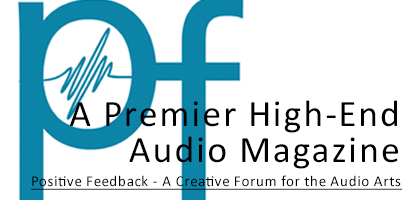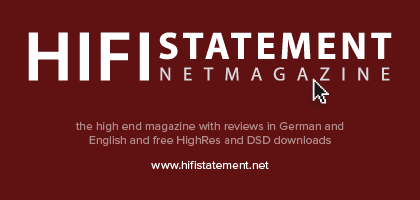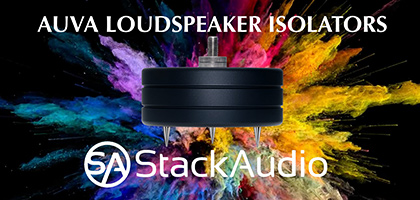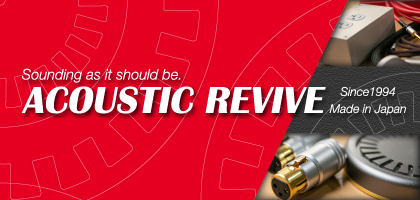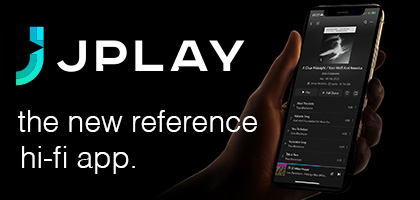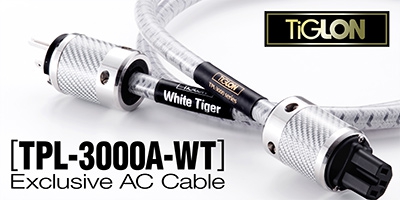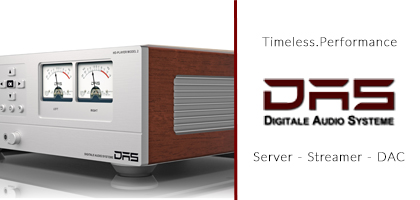 Contents
Contents
No. 257 October 2025
- COVER REVIEW: ANCIENT AUDIO Silver Grand Mono Mk II ⸜ power amplifier • monoblocks » POLAND • Kraków
- KRAKOW SONIC SOCIETY № 153: 30 years of ANCIENT AUDIO » POLAND • Kraków
- FEATURE ⸜ music & technology: HISAO NATSUME presents - In search for the lost great pianism Chopin tradition » part 2 (France) » JAPAN • Tokyo
- REVIEW: AUDIOPHONIQUE Classic AP 300D ⸜ power amplifier » POLAND • Pruszków
- REVIEW: AVATAR AUDIO Holophony No. 1 ⸜ loudspeakers • floor-standing » POLAND • Osowicze
- REVIEW: DIVALDI Gold PA One ⸜ integrated amplifier » POLAND • Kraków
- REVIEW: J.SIKORA Aspire ⸜ turntable (deck + tonearm) » POLAND • Lublin
- REVIEW: MB AUDIO CABLE Silver ⸜ analog interconnect ⸜ RCA » POLAND • Turza Śląska
- REVIEW: XACT N1 ⸜ LAN switch » POLAND • Wrocław

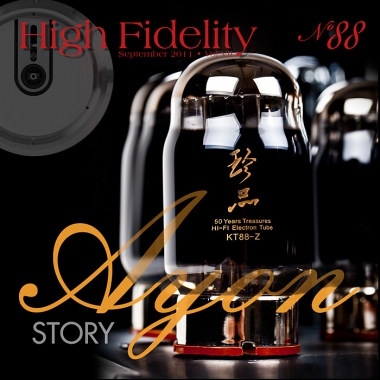
|
SUPER AUDIO CD – WHAT A BEAUTIFUL DISASTER…

“So it has started, I am being haunted by an impression from countries, which are better in constructing highways; that I am moving through a country and will learn nothing about it, that I have no time to touch it, to smell it, where there is an invisible window from Plexiglas behind the hills. The true life is somewhere else, further away, and we, the passengers of better and better cars, do not have the time to contemplate it, maybe sometime, maybe another time, when time will not be pressing on us with a whip. Not today and not tomorrow. Today we jump between Krakow and Wroclaw like over a bridge suspended over a chasm. There is no time for the lesser roads. 
This is Michał Olszewski from Zapiski na biletach (Warsaw, 2010), a compilation of reportages from the journeys of the journalist from “Gazeta Wyborcza” and “Tygodnik Powszechny”, where he enclosed his admiration for the “by-paths”, the slow pace of side-spaces, lost in time and space of villages and places. Admiration for things outside of the mainstream. Following Stasiuk and his Dojczland novel (Wołowiec 2007), or Jadąc do Babadag (Wołowiec 2004) he is also moving along his own paths. Yes, this is a clear praise for the lack of a clear way, secondariness and peripheralness. The past – not far, dying away, but still the past. 
I call Olszewski with the following agenda in my head: his fascination about things outside the mainstream is a fantastic sign for other fascinations, also in the audio world. Let me remind you about the vintage, tube speakers, vacuum tubes or formats like Long Play or – to a larger extent – the Super Audio CD. Yes, Super Audio CD (SACD, Super Audio Compact Disc) was to become something great, to combine the new with the old, exploit the assets of the digital recording, coding and playback, keeping that what is most important in analog – unbeatable timbre and high dynamics, keeping the life of it – that life Olszewski talked about, that you can find only on forgotten side roads. Because the SACD is a project destined to be in a deep niche, most probably slowly decaying. |
And initially it seemed, that this would be the format of the future, and the support of the audio giants Sony and Philips (so also Marantz, which was owned by the Dutch company at that time) was a good sign. Also the introduction of the SACD format to the specifications of the PlayStation 3 and then Blu-ray seemed to guarantee its success. And what do we have? This is a niche format, not even listed in reports of companies monitoring music sales. But it blooms in Japan. This can be confirmed by the new devices coming from Accuphase, Luxman, Esoteric, Marantz, Denon and others, there is also a new initiative – the SHM-SACD. Based on the same idea as the SHM-CD, meaning the use of special plastic instead of the polycarbonate and a special, silver based reflective layer, offering the quality of the SACD discs, that was commonly lost … due to the hybrid discs. 
Well, this is it, in short. My experiences with this format are somewhat twisted. The problem is, that I heard many master tapes, analog and digital ones, in a studio. Neither vinyl, nor any other home digital medium did not repeat those. Fortunately after some time, technology related to PCM, in form of the CD, or high resolution files, matured in such a way, that it makes listening to music a joyful experience, also for me.
On the other hand SACD players, based on a DVD drive, sacrificed some of the quality of the CD in favor of the SACD. Even more – not many of them fulfill the goals set before them, I mean that the SACDs do not sound – at least for me – so much better than their CD counterparts played on CD players for comparable money, that they would convince to switch to the dense format immediately. Especially as the musical catalog on that medium is severely limited.  
Paradoxically a computer could play the main role in saving “project SACD”. For the first time it became possible to send DSD files outside the computer with an USB link. The first attempt was made by the company Playback Designs with the DAC MPD-3, accepting the DSD stream up to 6.1MHz. The signal is played from a computer using the program Pure Music from the company Channel D. And there are surprisingly many DSD files recorded in studios. 
Wojciech Pacuła |
About Us |
We cooperate |
Patrons |
|
Our reviewers regularly contribute to “Enjoy the Music.com”, “Positive-Feedback.com”, “HiFiStatement.net” and “Hi-Fi Choice & Home Cinema. Edycja Polska” . "High Fidelity" is a monthly magazine dedicated to high quality sound. It has been published since May 1st, 2004. Up until October 2008, the magazine was called "High Fidelity OnLine", but since November 2008 it has been registered under the new title. "High Fidelity" is an online magazine, i.e. it is only published on the web. For the last few years it has been published both in Polish and in English. Thanks to our English section, the magazine has now a worldwide reach - statistics show that we have readers from almost every country in the world. Once a year, we prepare a printed edition of one of reviews published online. This unique, limited collector's edition is given to the visitors of the Audio Show in Warsaw, Poland, held in November of each year. For years, "High Fidelity" has been cooperating with other audio magazines, including “Enjoy the Music.com” and “Positive-Feedback.com” in the U.S. and “HiFiStatement.net” in Germany. Our reviews have also been published by “6moons.com”. You can contact any of our contributors by clicking his email address on our CONTACT page. |
 



|
   |
main page | archive | contact | kts
© 2009 HighFidelity, design by PikselStudio,
projektowanie stron www: Indecity



